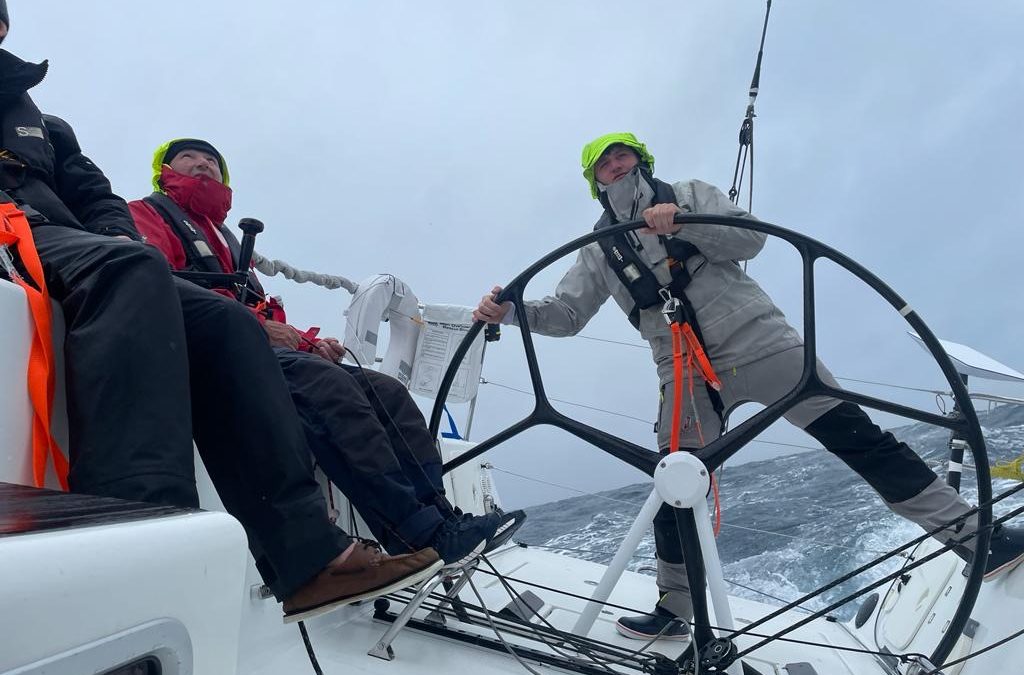
2023 Rolex Fastnet Race – Part 2
Simon Jollands took part in the 2023 Rolex Fastnet Race. This is the second of his articles on the race aboard Lancelot II, a Beneteau First 40.

2023 Rolex Fastnet Race
Safe Skipper’s Simon Jollands took part in the 2023 Rolex Fastnet Race – a classic offshore sailing event. This is the first of several articles on the race and focuses on the start.

Welcome to the Safe Skipper website.
Safe Skipper is run by boating enthusiasts who also have a background in publishing and TV production, design and app development. As well as creating great content for the website, we’ve developed a range of popular boating apps that allow you to get safely out on the water whilst having essential information to hand, covering International ColRegs: Nav Lights & Shapes, Rules of the Road, Buoyage & Lights to knot tying, nautical chart symbols and first aid at sea – all information available to you when on the water, on your phone or tablet, when you need it.
We’re regularly adding new articles to the site, hope you’ll bookmark us and visit again soon.
Before you go, scroll down to our boating quizzes and check your boating knowledge!
I have just downloaded and am using ColRegs Nav Lights & Shapes app, a brilliant training and reference device
Beautifully produced and very simple to use, a cool learning tool
Migrated Dec 23













